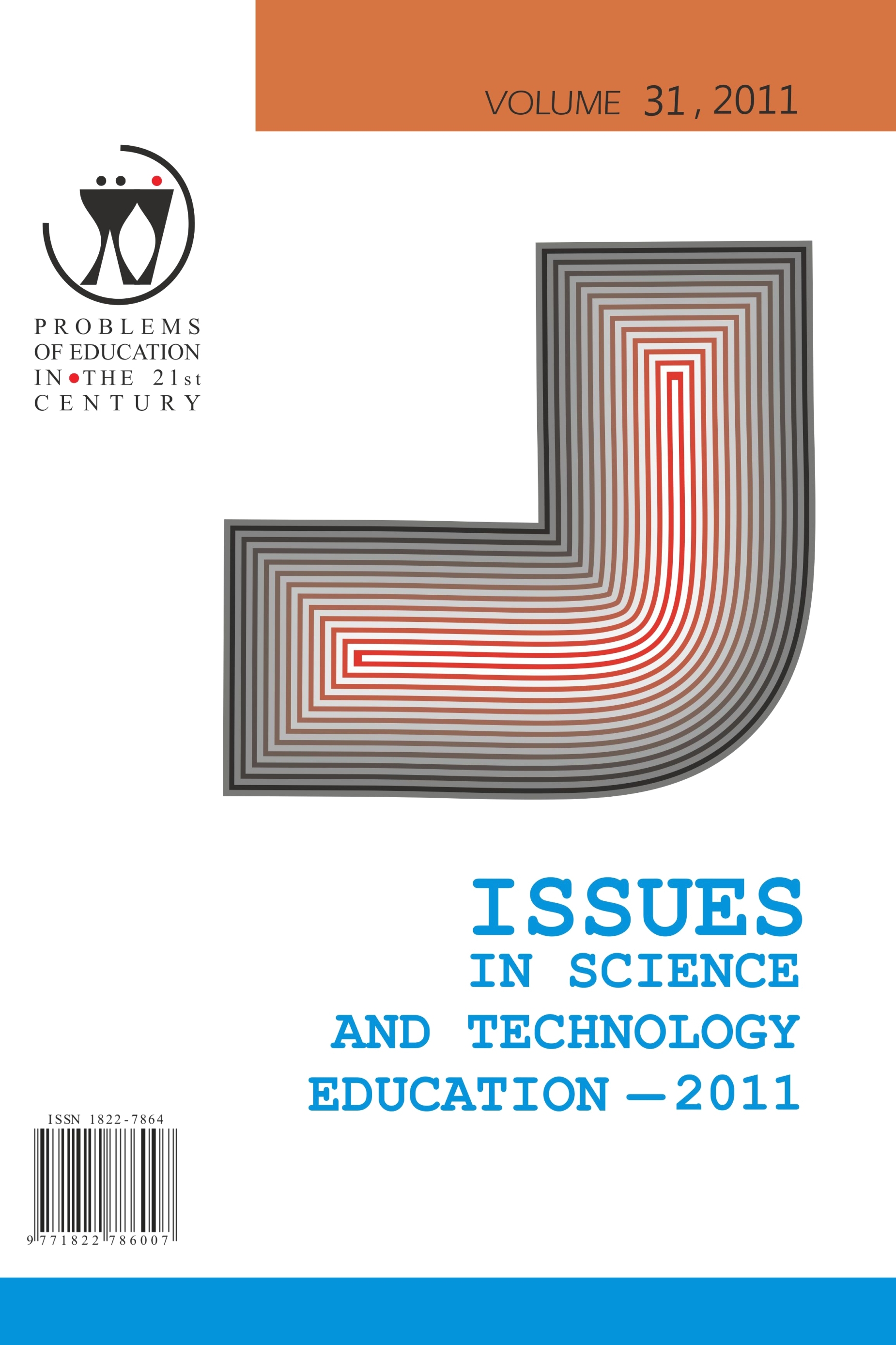DIRICHLET’S PRINCIPLE AS AN ELEMENTARY MATHEMATICAL MODEL IN MATHEMATIC EDUCATION
DIRICHLET’S PRINCIPLE AS AN ELEMENTARY MATHEMATICAL MODEL IN MATHEMATIC EDUCATION
Author(s): Sona Ceretkova, Lubica KorenekovaSubject(s): Social Sciences, Education
Published by: Scientia Socialis, UAB
Keywords: case study; elementary mathematical model; Johann Peter Gustav Lejeune Dirichlet; problem solving;
Summary/Abstract: One important part of nowadays research in theory of mathematics education is focused on searching for some interesting and non-traditional mathematical topics and themes. The topic named the “Dirichlet’s Principle” is aimed to promote and exercise mathematical competencies by using quite simple mathematical rules. The rules were discovered and described in the 19th century by Johann Peter Gustav Lejeune Dirichlet (1805-1859). The article describes case studies as the results of qualitative research of mathematics’ lessons with the topic of Dirichlet’s principle at upper-secondary school and university. The elements of the history of mathematics concerning the topic and Dirichlet’s personality are also involved. Definitions, examples of exercises, tasks and problems are given in the article, too. Recommended methods of teaching with the focus on active methods, which support inquiry based learning, are described. Two case studies, one realized at secondary grammar school (17 year-old pupils) and one at university (student teachers) are described as examples of theoretical and methodological background implementation. The context of tasks and problems which are solved by using Dirichlet’s principle is set in real life situations. The topic content therefore helps to show the importance of mathematical knowledge for everyday life.
Journal: Problems of Education in the 21st Century
- Issue Year: 31/2011
- Issue No: 1
- Page Range: 45-55
- Page Count: 11
- Language: English

